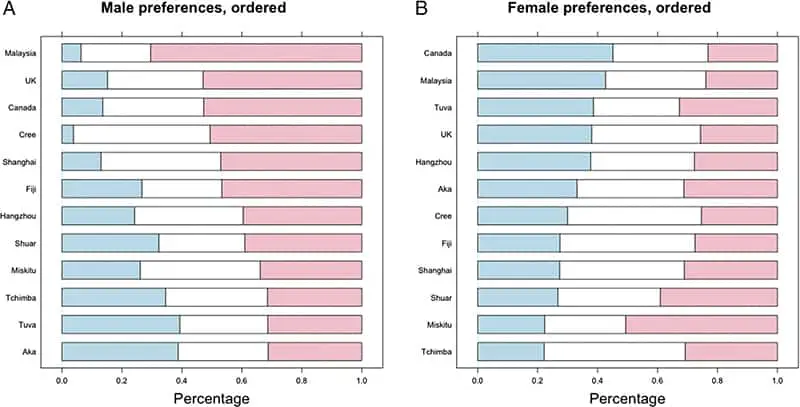
We often hear things like “beauty is subjective” and “beauty is in the eye of the beholder,” but many of us do not know how true those statements are.
Beauty can be subjective and objective, but it can vary. Beauty can be objective, especially when it comes to things like art. However, a person’s beauty tends to be subjective. Attractiveness is subjective since a person will decide if they find a potential partner attractive based on how they feel.
When deciding what is attractive or unattractive, we can look at it from multiple angles.
1) Artwork. The renaissance canons and ratios created by da Vinci and others are frequently used as benchmarks for what is beautiful.
2) Anthropometric studies. By looking at cephalometric norms, we can determine what measurements an average human face should have. Average faces have the least amount of flaws by definition.
3) Attractiveness studies. We can directly run scientific experiments to find what people best respond to.
While all of these can be objective, they don’t always agree with each other. On top of that, our societal and cultural beauty standards tend to shift over time.
What Defines Beauty?
Beauty can vary based on what people think beauty is. Generally, beauty can lie in the subject’s characteristics and/or the feelings it makes the observer feel.
To make it easier, people can define beauty in two ways: objective and subjective.
However, people often do not know which one is correct. Many philosophers tried to define beauty, and while some shared similar views, there is still a lot of debate on the topic.
Our society may focus more on the fact that beauty is subjective. However, objective beauty is still prominent in certain situations, like judging art, giving scores in competitions like figure skating, etc.
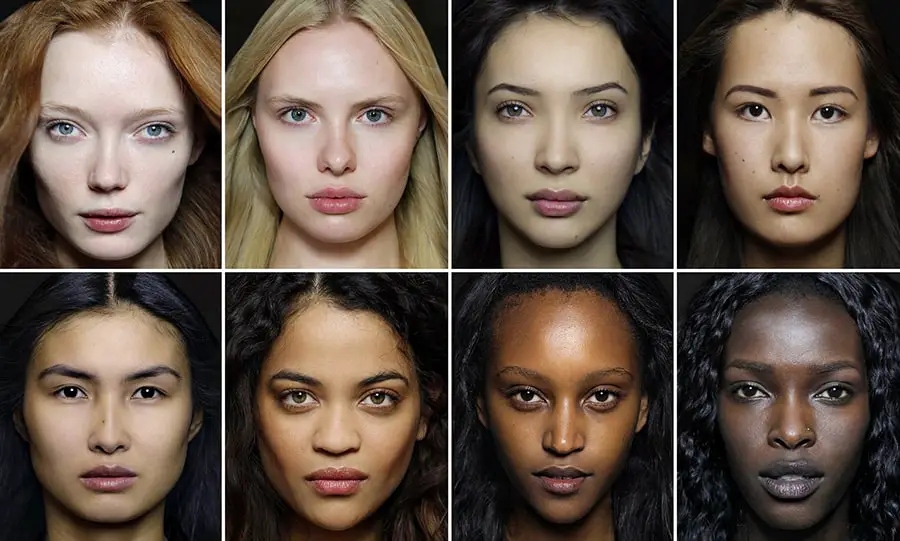
Is Beauty Objective or Subjective?
Before we talk about if beauty is subjective, we need to understand the meaning and differences behind objective, subjective, and intersubjective beauty.
Beauty in Objectivist Views
Objectivity focuses on facts, rather than opinions and feelings, often following certain “standards.” When people say beauty is objective, they mean a property/characteristic in the object or person that makes someone think that it is beautiful.
For instance, let’s think about a painting by Leonardo Da Vinci. By following the criteria that would define the painting as beautiful (detail, colors, etc.), the painting would be objectively beautiful.
Another example would be how a talented basketball player glides through the court and smoothly shoots the ball into the hoop. The movement, talent, and such would be objectively beautiful.
Plato stated that beauty was subjective; it was not about the observer’s experience. He argued that beauty and forms are non-physical ideas. Therefore, the observer’s experience was not a factor, making beauty subjective.
Another person who thought beauty was objective was Aristotle, but it was different from Plato’s view. Aristotle defined beauty by the observed item and the item’s characteristics, like proportion, symmetry, balance, and order. Aristotle believed the criteria to be true for both natural and man-made objects.
Therefore, both Plato and Aristotle focused on the actual object to see if beauty was the object’s feature. They did not account for the feelings of the observer.
Symmetry is a factor that establishes what defines beauty, and many people can agree on that. In that case, beauty would be objective because of how symmetrical a person’s face is more of a fact rather than a feeling. It’s the same thing with averageness, which can be quantified by anthropometric research.
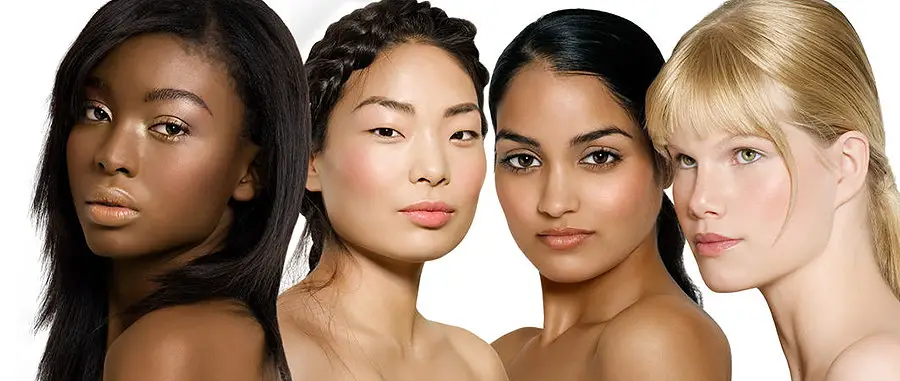
Beauty in Subjectivist Views
Subjectivity focuses on personal thoughts, feelings, and perspectives instead of facts. So when a person says that beauty is subjective, they mean that their experience with the subject defines beauty. It does not follow a specific set of criteria.
Immanuel Kant stated that aesthetic judgment should be based on feelings, especially feelings of pleasure, which boils down to preference. Therefore, Immanuel believed logic and cognition were not important, making beauty subjective. So by Immanuel’s statement, beauty gets defined by the mind’s processes. The feature of the subject does not define its beauty.
David Hume stated beauty was subjective because emotions and feelings defined beauty, not the subject’s actual characteristics. Therefore, “beauty is in the eye of the beholder” for David meant that defined beauty varied for each observer. Beauty would not get defined by the actual subject. Additionally, another observer may not feel the same way, making it subjective.
Let’s say that you have a mangy cat. Objective beauty would not define that cat as “beautiful.” However, your personal feelings for the cat would make it difficult to admit the cat is ugly; therefore, it would be subjectively more beautiful because of the experience that the cat gives you. Humans are not good at separating facts from feelings, even though we love to think that we are. We are highly emotional creatures.
As you can see from the cat example, the keyword is “to you.” Your opinion would be that you love your cat, and your feelings for the cat means that you say it is beautiful.
Another popular example you may see of subjective beauty is when someone says a person is “not their type.”
For instance, let’s say you thought Henry Cavill was an attractive man, and many people would agree. However, your friend says that they do not find Henry Cavill attractive. Your friend may not outright mean that Henry Cavill is unattractive; by society’s beauty standards, he is objectively beautiful. However, your friend gave you a subjective opinion because they did not feel any attraction for him.
Therefore, subjective beauty will not follow any general criteria that objective beauty does. A mangy cat that makes you feel joy is subjectively as beautiful as a pedigree cat.
Subjective Beauty vs. Objective Beauty
Subjective beauty and objective beauty both have good arguments in their favor. One focuses on personal experience while the other focuses on characteristics/criteria.
For instance, a plastic surgeon may focus on objective beauty; they would want to enhance your features to be more objectively beautiful by society’s standards. The plastic surgeon may also focus on subjective beauty if you want to enhance a specific feature so you feel more beautiful.
Another example would be how a professional dog judge critiques a show dog; the judge would be objective because they follow certain criteria that would define the dog’s beauty by its breed’s standards. If you have a mixed breed dog, a dog judge may not think your dog is objectively beautiful because it does not follow either breed’s standards. However, you may believe your mixed breed dog is subjectively beautiful despite not following the criteria.
So, which one is right or wrong? Well, the answer is up to each person. Many people agree that beauty can be subjective AND objective, while others think it can only be one.
Beauty tends to lean on the subjective side, but many factors can easily make beauty objective. Overall, beauty can be subjective and objective, but it is often up to a person as to how they want to define beauty.
Some people argue that beauty is intersubjective. People get told from a young age what is and is not beautiful by society’s standards, from our peers and family to the media. Therefore, we often find people attractive if they look similar to the ideals we’re ingrained with.
Every time we look at someone who gets a lot of attention, is on the front cover of a magazine, in a movie, etc., we conflate their image with beauty. It tends to escalate, especially when we see the words “Sexiest Woman Alive” and such, defining our idea of beauty.
Let’s compare two women: Bella Hadid and Gigi Hadid.
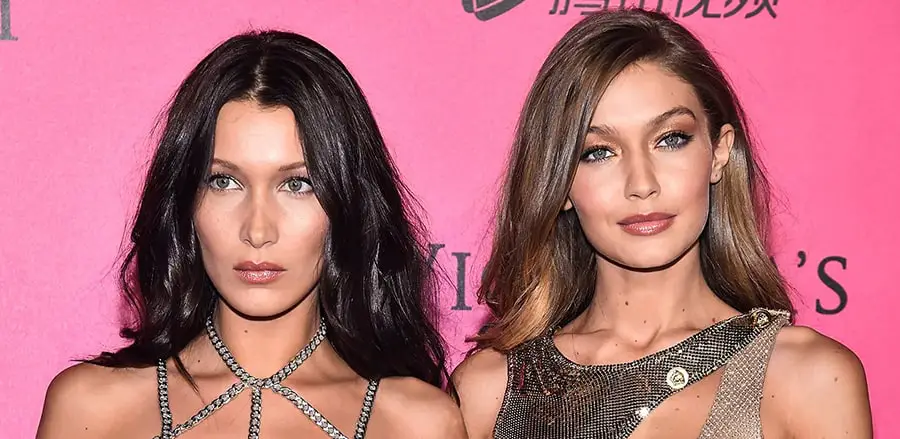
People will have different opinions as to who they think is more attractive. Occasionally, some people may even think that one is unattractive. However, when you look at both of these women, you will see that they still fall under the ideal beauty we were taught. The further away a person’s appearance is from the general “ideal” would make them seem less objectively beautiful. They can still be subjectively beautiful if another person deems them as so.
Additionally, culture is a huge factor in defense of subjective beauty. For instance, the ideal woman in China would have white skin. However, the ideal woman in Western cultures tends to lean towards tanner skin.
A tan woman in China may not be beautiful amongst the locals. However, if the tan woman went to a Western country, she will likely be very attractive.
Does Beauty Equal Attractiveness?
In terms of attractiveness, beauty is entirely subjective. It is possible to find someone objectively beautiful, but you may not want to pursue anything romantic with them because you do not personally feel attraction towards that person. Therefore, attractiveness is subjective because people will have different things that they want in a partner.
If they do not feel attracted to that person despite being objectively beautiful, that does not make them less beautiful. It simply means that beauty does not guarantee attractiveness.
Other factors can also affect how “beautiful” you may appear to other people. The way you speak, carry yourself, dress, etc., can impact a person’s perception of your attractiveness.
For instance, you may physically look like someone’s type, making them physically attracted to you. However, your personality, your fashion sense, etc., may not be what they like, making you less attractive in their eyes.
Of course, people can overlook those factors, but that is what makes attractiveness subjective.
Cultural Beauty Standards
The definition of beauty can vary based on culture. What one country may find to be a beauty standard, another would not. For instance, most Americans and Europeans tend to prefer tan skin because tan people look healthy and active. However, East Asian countries like China, South Korea, and Japan have a huge preference for fair skin. Many East Asians believed that having fair skin meant you were from a higher class and did not have to work in the fields, and that idea is still prominent in many Asian countries.
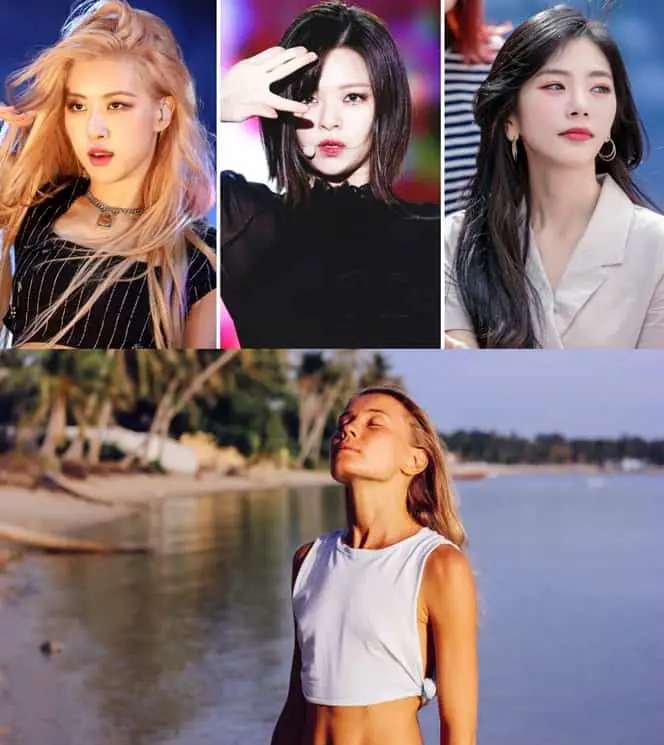
The beauty standard in Brazil for women is tanned skin and a voluptuous figure. Most Africans prefer women with larger, more filled-out figures. Brazilian and African beauty standards are starkly different from most East Asian beauty standards for women, which include being tall, slim, and fair.
It is important to note that someone from a specific culture can still find a person attractive who does not look like their favorite “beauty standard.” It mostly comes down to preference and some universally beautiful features.
What Is Universally Beautiful?
Certain features can be universally beautiful. Again, some people may not agree with these features (like some men may like older women), but the majority of people tend to believe that the following features are beautiful.
Youth
Youthfulness tends to be a universally attractive “feature,” especially in women. We have a whole article dedicated to this fact. Many people believe that youthfulness signals fertility. For instance, Coetzee et al., 2012 looked at African perceptions of female attractiveness found that youthfulness was an attractive feature. Many other studies that focus on different races also found that most men prefer younger looking women.
Actual age tends to determine how fertile you are, but many people instinctively prefer younger-looking women because they look like they would be fertile. It is likely due to evolution and our primal need to reproduce.
Facial Symmetry
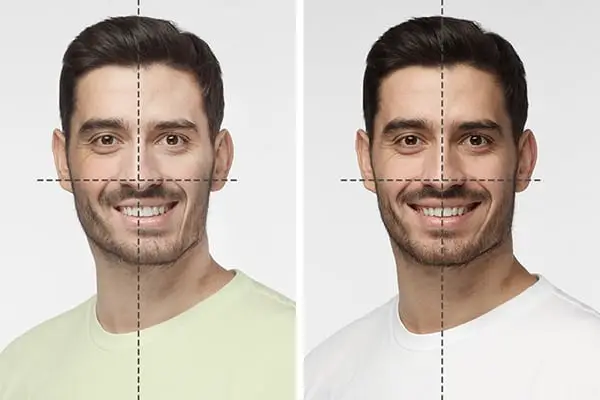
Many people will naturally find symmetrical faces attractive. Facial symmetry is often attractive across many cultures. Some researchers believe that high facial symmetry could signal health. The idea of health and symmetry could come from the fact that everyone’s genes should develop perfectly symmetrical faces. As we develop, age, get sick, injured, etc., the symmetry will naturally worsen.
A person with a symmetrical face and few imperfections may look like they have a good immune system. Most people will naturally want this because they want these genes in their offspring. It is also likely because fewer “distractions” are on the face, making it more pleasing to the observer.
One of the many studies about facial symmetry tested how important facial symmetry was for attractiveness (Rhodes et al., 1998). The researchers manipulated photos of people’s faces to adjust the symmetry. Attractiveness increased when the researchers increased facial symmetry. Attractiveness decreased when the researchers reduced symmetry, indicating that symmetry correlates to attractiveness.
Clear Skin
Clear skin often indicates a person’s health and cleanliness. When we see someone with a lot of acne, our initial thought is that they are not healthy and clean, even though they may have acne due to other reasons, like allergies.
Jaeger et al., 2018 looked at how facial skin smoothness and blemishes affected first impressions. The researchers manipulated photos to adjust the skin’s smoothness and how many blemishes there were on the face. The researchers found that people were sensitive to skin blemishes, likely because the blemishes could signal infectious disease or poor health. The researchers also found out that blemished skin has a stronger effect on first impressions than smooth skin.
Average Faces
Many studies prove that average faces are usually attractive. The reason could be that average faces are “just” right; they are pleasant to look at without having overbearing features. Additionally, most people will naturally find things that are familiar to them attractive. Therefore, an average looking person in your country may be very beautiful.
Langlois et al., 1990 digitized male and female faces then mathematically averaged them. They asked adults to judge the photos. The results showed that the adults preferred the averaged faces over the individual ones.
Sexual Dimorphism
Sexual dimorphism is the development of characteristics in each sex that distinguish them from the opposite sex. Women like manly men, and men like feminine women. This goes without saying.
However, Isabel M. Scott et al., 2014 have shown that even this can be cultural. In non-Westernized countries, masculinized faces are perceived as more aggressive, and there is less desire for feminized faces by men. Youth and sexual dimorphism both balance each other out.
